#Vanellus miles
Text

Masked Lapwing
6 notes
·
View notes
Photo
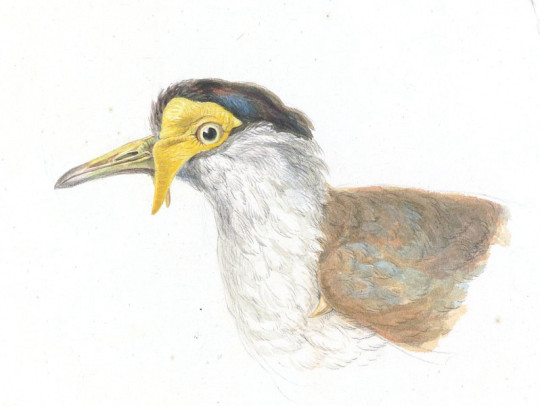
A new variant has been added!
Masked Lapwing (Vanellus miles)
© Naturalis Biodiversity Center
It hatches from abundant, black, coastal, common, large, new, noisy, northern, open, southern, urban, and yellow eggs.
squawkoverflow - the ultimate bird collecting game
🥚 hatch ❤️ collect 🤝 connect
0 notes
Text
BRACKET D
White-Throated Rail (Dryolimnas cuvieri)
They went extinct after their island sank but somehow evolved themselves back into existence after it came back up! What the fuck.
VERSUS
Spur-Winged Plover (Vanellus miles)
Taken directly from a nomination, “They are ugly and mean!”

19 notes
·
View notes
Photo
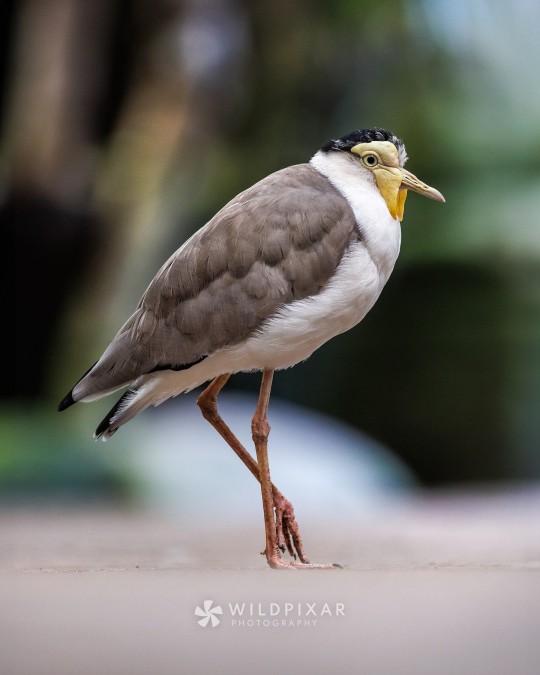
Masked Lapwing (Vanellus Miles)
View on Instagram https://ift.tt/mt6Fux4
2 notes
·
View notes
Photo

Masked lapwing (Vanellus miles)
Photo by Jason Moore
#predation#masked lapwing#masked plover#spur winged plover#vanellus miles#vanellus#vanellinae#charadriidae#charadriiformes#aequorlitornithes#neoaves#neognathae#aves#therapoda#archosauria#sauropsida#reptilia#tetrapoda#vertebrata#chordata
32 notes
·
View notes
Photo
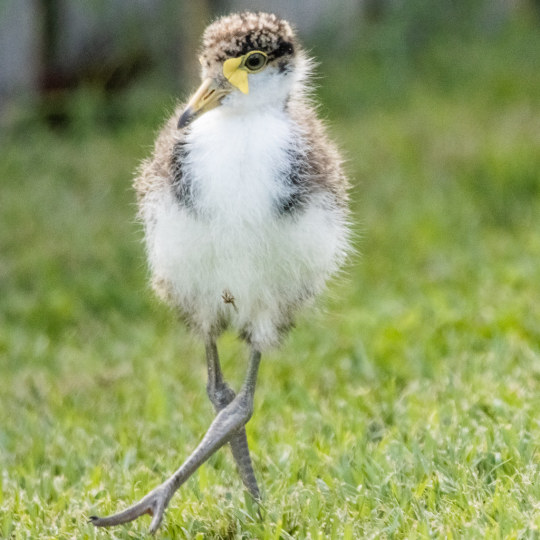
Masked Lapwing (Vanellus miles)
© MayBeBaby59
17 notes
·
View notes
Photo

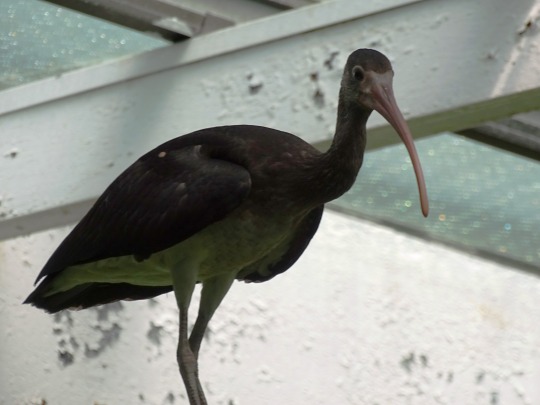


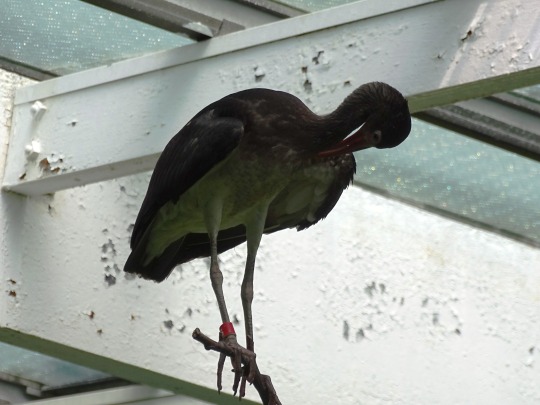
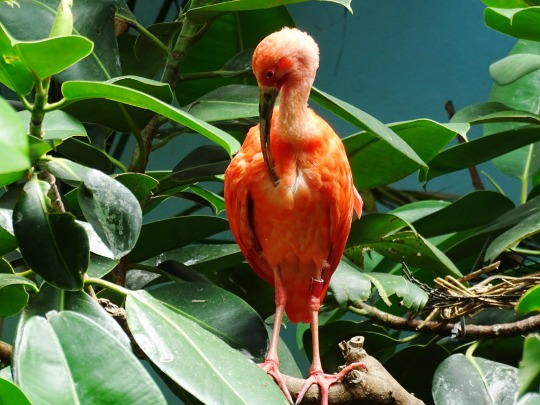
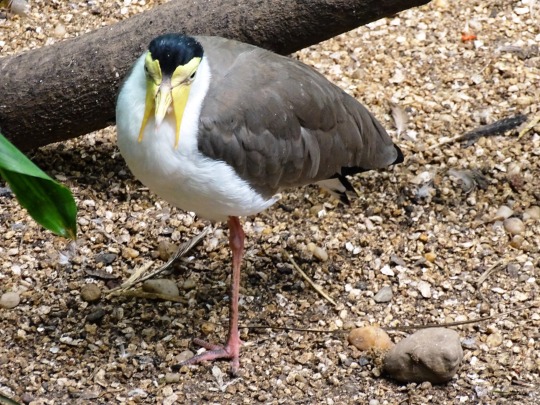

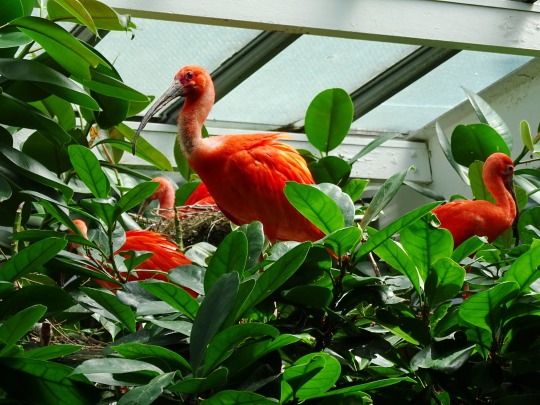

Aquatic Bird House, Bronx Zoo (No. 6)
The glossy ibis (Plegadis falcinellus) is a water bird in the order Pelecaniformes and the ibis and spoonbill family Threskiornithidae. The scientific name derives from Ancient Greek plegados and Latin, falcis, both meaning "sickle" and referring to the distinctive shape of the bill.
This is the most widespread ibis species, breeding in scattered sites in warm regions of Europe, Asia, Africa, Australia, and the Atlantic and Caribbean regions of the Americas. It is thought to have originated in the Old World and spread naturally from Africa to northern South America in the 19th century, from where it spread to North America. The glossy ibis was first found in the New World in 1817 (New Jersey). Audubon saw the species just once in Florida in 1832. It expanded its range substantially northwards in the 1940s and to the west in the 1980s. This species is migratory; most European birds winter in Africa, and in North America birds from north of the Carolinas winter farther south. Though generally suspected to be a migratory species in India, the glossy ibis is resident in western India. Birds from other populations may disperse widely outside the breeding season. While generally declining in Europe, it has recently established a breeding colony in southern Spain, and there appears to be a growing trend for the Spanish birds to winter in Britain and Ireland, with at least 22 sightings in 2010. In 2014, a pair attempted to breed in Lincolnshire, the first such attempt in Britain A few birds now spend most summers in Ireland, but as yet there is no evidence of breeding there. In New Zealand, a few birds arrive there annually, mostly in the month of July; recently a pair bred amongst a colony of Royal Spoonbill.
Source: Wikipedia
#Masked lapwing#Aquatic Bird House#Scarlet Ibis#Eudocimus ruber#travel#Bronx Zoo#my favorite zoo#behind glass#interior#New York City#vacation#animal#bird#original photography#tourist attraction#landmark#Glossy ibis#Plegadis falcinellus#Vanellus miles#Bare throated Tiger Heron#Tigrisoma mexicanum#water#fauna#USA#summer 2019#the Bronx#Eastern USA
2 notes
·
View notes
Photo

No idea what it is but funny looking sucker by Douglas Jarvis
Masked Lapwing (Vanellus miles)
189 notes
·
View notes
Text
Great Bird Parents!
The Masked Lapwing (Vanellus miles) is a bird from Australia and New Guinea and New Zealand
They will lay their eggs on the ground in any stretch of land. This includes parks, sporting fields and even car parks
This kinda doesn’t seem like good parenting but they really are caring parents
Despite only being a maximum of 37cm tall they will defend their nest in two ways
They will walk away from the nest and pretend to be injured making themselves look like easy prey to lure things like cats away
If this doesn’t work they also have spur on their wings and they will fly into the predator until they leave
If you have read this far why not follow us @animalfacthub for daily animal facts and pics!
-

📷1: Prague 07-2016 Zoo img02 Vanellus miles.jpg by A.Savin on Wikimedia Commons (FAL)
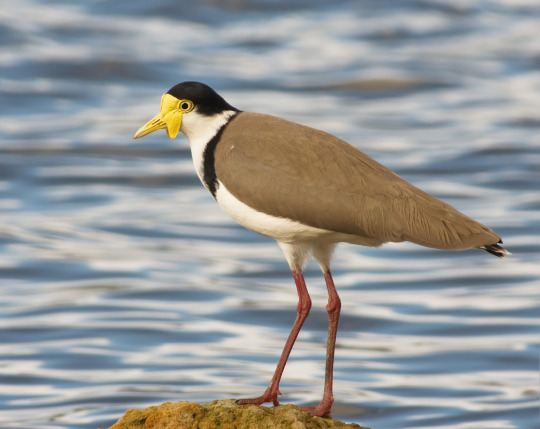
📷2: “Vanellus miles novaehollandiae.jpg” by JJ Harrison on Wikimedia Commons (CC BY-SA 3.0)

📷3: “Spur-Winged-Plover-chick.jpg” by Benjamint444 on Wikimedia Commons (GFDL 1.2)
3 notes
·
View notes
Text
Subspecies
In quite recent years, I have become interested in the subspecies that I have seen and this led me to a whole new level of exploration. One factor that prompted me to examine this more rigorously was when I questioned the need for three words in the scientific name of some species when others only had two words. The particular Australian species that prompted this was the Spur-winged Plover, now called the Masked Lapwing. My Field Guide showed images of two similar, but definitely not identical, birds and referred to them as Vanellus miles miles and Vanellus miles novaehollandiae. Some very basic research showed that they were regarded as a single species but with sufficient differences to justify two subspecies with somewhat clinal variations and overlapping territories. It didn’t take long before I realised that there were many such species in Australia. I was aware of Black-backed and White-backed Magpies and I knew that those in Western Australia looked quite a bit different from either of these, but there are now eight recognised subspecies of Gymnorhina tibicen.

White-backed Magpie
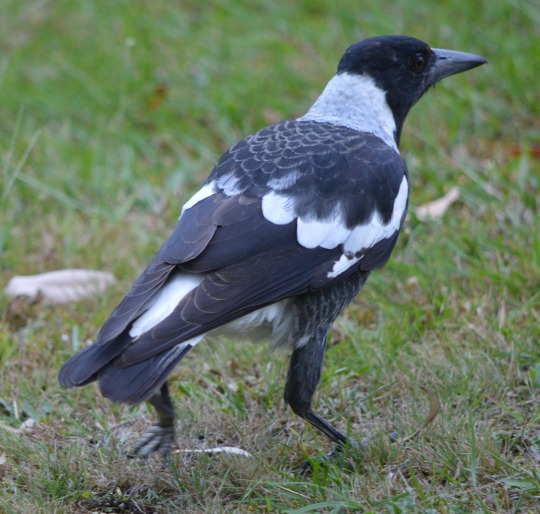
Black-backed Magpie
Once I started my closer scrutiny of the subspecies I was seeing, my list of sightings grew quite quickly for a year or two and as my overseas travel experience expanded in both time and geographical range, I realised that birds with which I was familiar in Australia were sometimes present in other countries, albeit with different local names. I recall a specific trigger that led me to a closer examination of this whole area. I was in Far East Russia and saw a bird that looked exactly like our Black Kite, but it was called the Black-eared Kite there. In researching its scientific name, I discovered that both were regarded as a single species (Milvus migrans), but as different subspecies (Milvus migrans affinis in Australia and Milvus migrans lineatus in Russia). There have been some name changes since then, but in the course of reaching my identification, I came across ‘Avibase’, an outstanding avian resource that I have used thousands of times since.
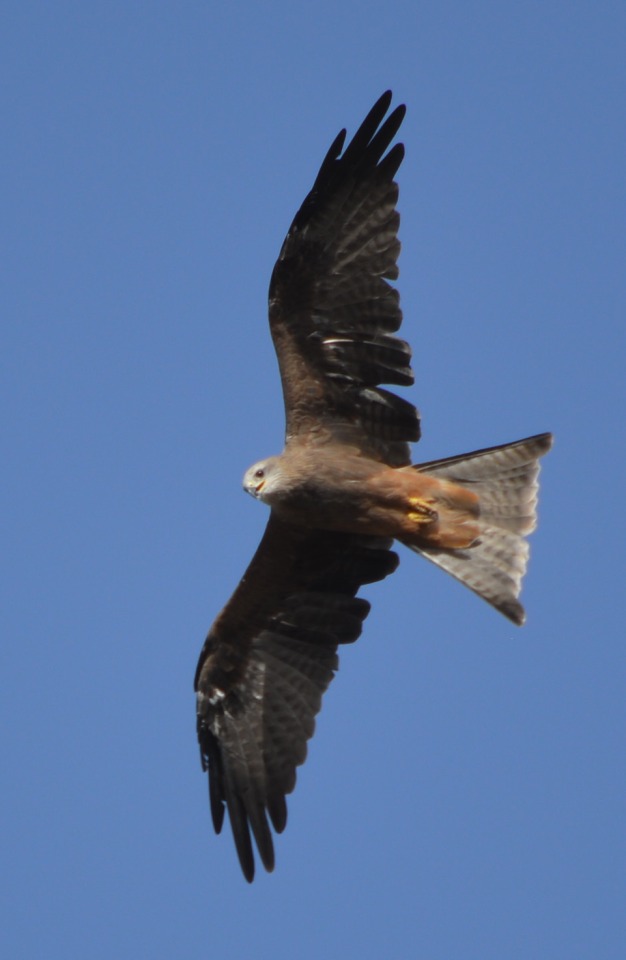
Black Kite - Milvus migrans affinis (Note the diagnostic tail)
The website enables anyone to enter the common or scientific name of a bird and the database returns a host of information including both official names and all the subspecies and where they exist worldwide. I say ‘worldwide’ but in truth, it is sometimes a little lacking in data for our region. Having said that, there is often enough textual information supporting the species to deduce the most probable subspecies in Australia. I have occasionally needed to do a web search for a subspecies in Australia, but Avibase usually gives me what I need. Birdlife Australia also maintains an official list of all species and subspecies in Australia, but I find Avibase easier to use. Moreover, Cornell University (who I regard as the foremost authority on birds anywhere in the world and who also maintains the so-called Clements list of every known subspecies across the globe) has recently delegated Avibase as the world authority for subspecies mapping.
1 note
·
View note
Photo

©photography by Walter Jenkel 2018
Masked lapwing (Vanellus miles)
WALTER JENKEL @WalterJenkel
walter_jenkel
13 notes
·
View notes
Photo

A new variant has been added!
Masked Lapwing (Vanellus miles)
© W. Jardine & P. Selby
It hatches from abundant, black, coastal, common, large, new, noisy, northern, open, southern, urban, and yellow eggs.
squawkoverflow - the ultimate bird collecting game
🥚 hatch ❤️ collect 🤝 connect
1 note
·
View note
Photo
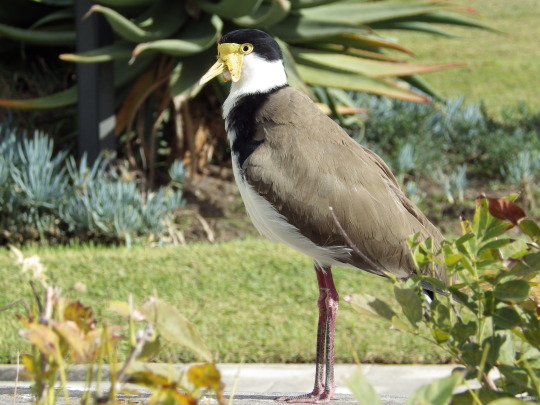
A masked lapwing or spur wing plover ( Vanellus miles) at Government House in Sydney.
#ahstitt.com#wildlife#wild animals#birds#Australian birds#maked lapwing#plover#spurwing plover#masked plover#vanellus miles#government house#Sydney#NSW#australia
0 notes
Text
NIGHT LAUGHTER
After sunset, most birds are prepared to get some sleep. The volatile sulphur-crested cockatoos cease their screeching, the galahs “zip-zip” their way to bed, and even the restless flycatchers actually take a rest.
But the Masked Lapwings (vanellus miles) are always on guard, giving out alarm calls day and night.
That’s because they live and nest in open spaces where their young are always…
View On WordPress
0 notes
Photo

Masked lapwing (Vanellus miles)
Photo by Jon Atkinson
#masked lapwing#masked plover#spur winged plover#plover#vanellus miles#vanellus#vanellinae#charadriidae#charadriiformes#aequorlitornithes#neoaves#neognathae#aves#therapoda#archosauria#sauropsida#reptilia#tetrapoda#vertebrata#chordata
4 notes
·
View notes
